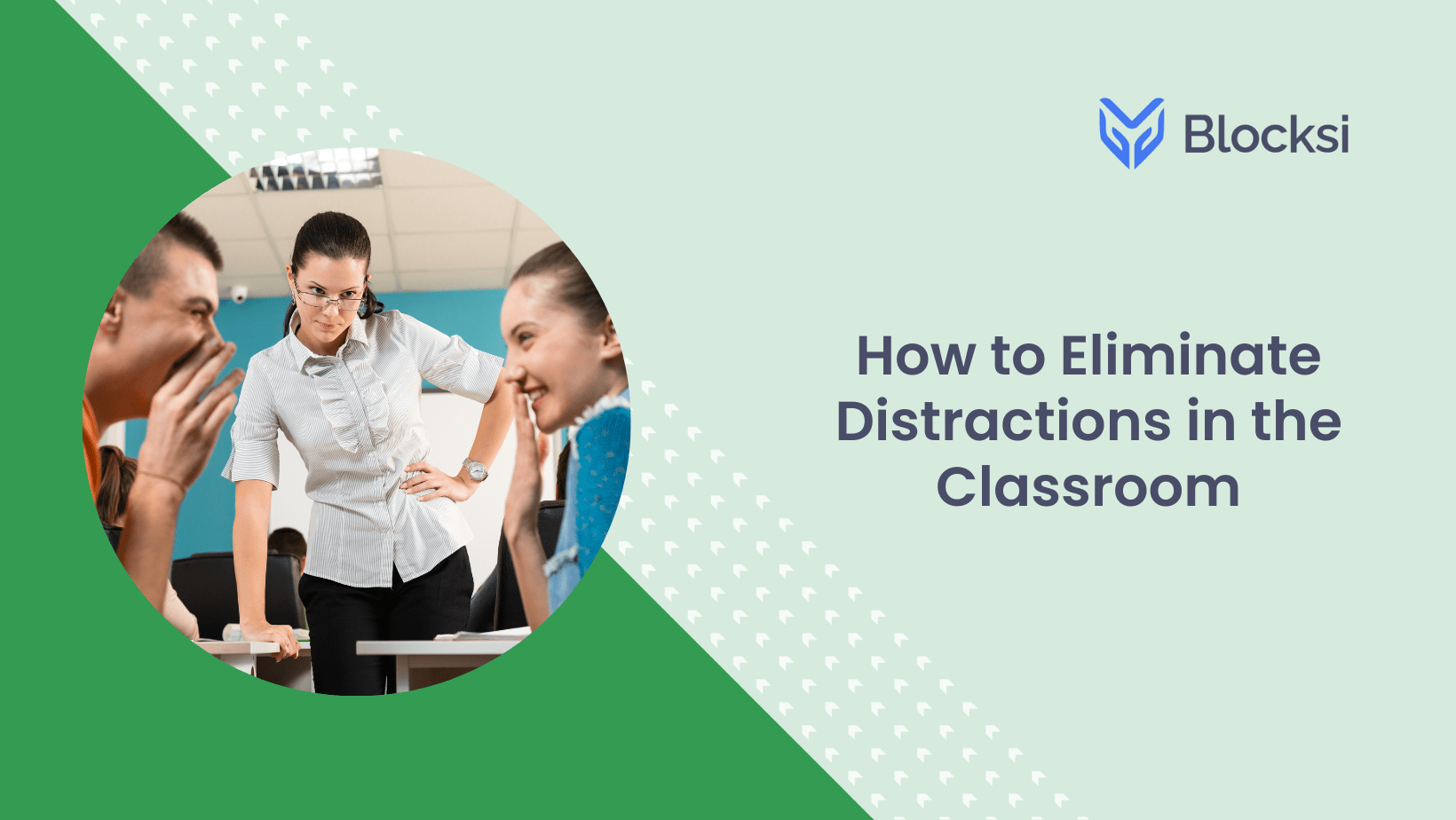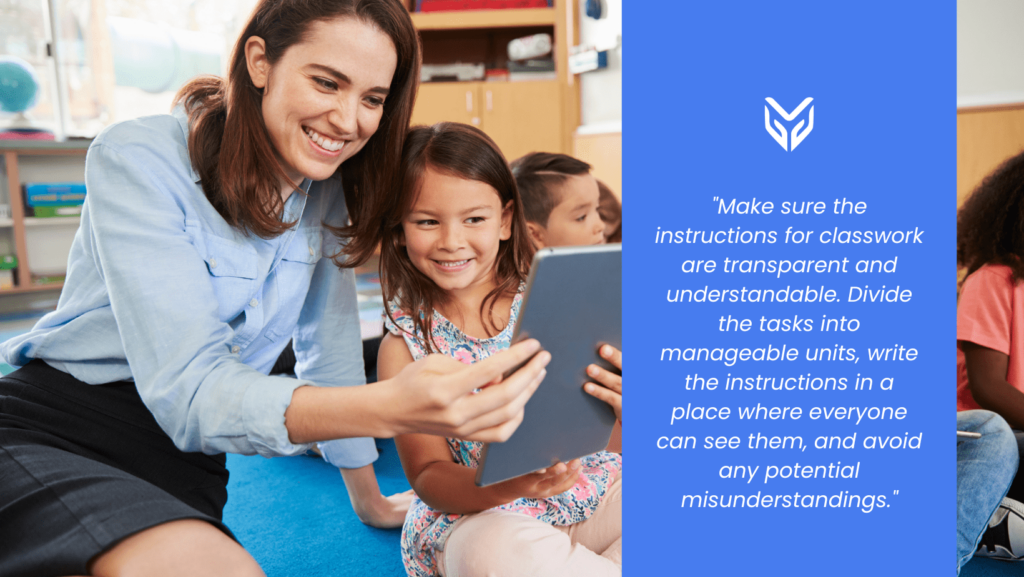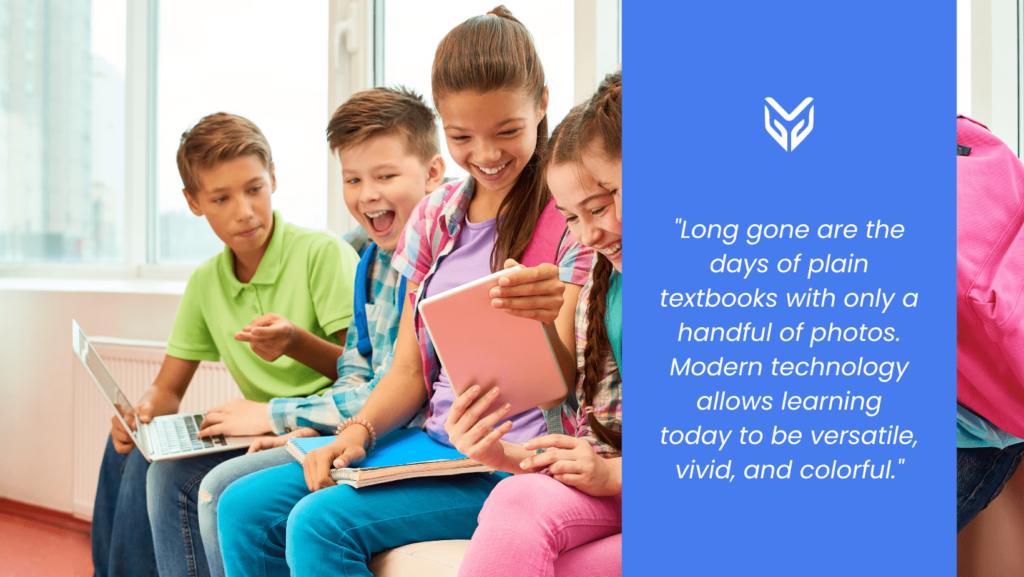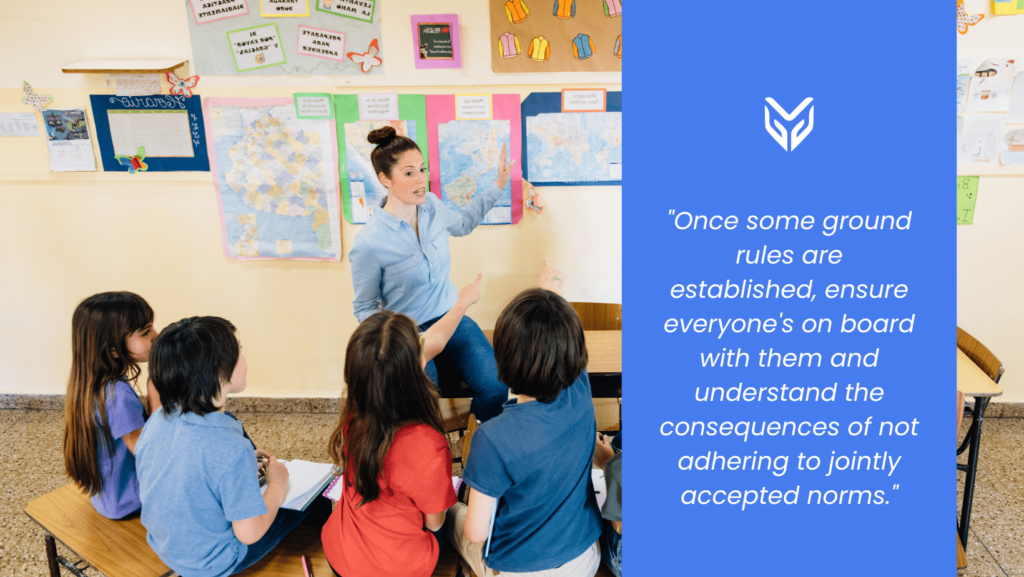NEWS
How to Eliminate Distractions in the Classroom

Children can be mischievous and can sometimes have a hard time concentrating. That can be unfruitful when carrying out school lessons, so eliminating distractions in the classroom is essential for proper classroom management. So, how do we address distractions and prevent them?
Nothing is quite as disruptive to a lesson flow as students disrupting a lesson. In addition to wasting important instructional time, disturbances in the classroom might cause pupils’ behavioral issues to persist. While some teachers opt to react to disturbances in the classroom, the most successful course of action is to be proactive and take measures to prevent disruptions before they happen. Surely, there will always be some disturbances, but proper classroom management can prevent them or handle them if they happen.
Effective teaching requires effective handling of distractions in the classroom, but learning it surely takes time and practice. Avoiding distractions can benefit your classroom environment whether you are a new teacher or have been teaching for years. Here are some tips and tricks for establishing and keeping order.
Always Be Prepared
Any type of uncertainty will always be an opportunity to breed distractions. Always prepare ahead for lessons and estimate the flow they will take. Even if something goes amiss, keep your focus and ensure the students don’t get around to misbehaving. Make sure the instructions for classwork are transparent and understandable. Divide the tasks into manageable units, write the instructions in a place where everyone can see them, and avoid any potential misunderstandings. And most importantly, remember, if plan A fails, the rest of the alphabet remains – so don’t panic!

Create an Optimal Learning Environment
Planning classroom management and avoiding any distractions in the learning area ensures the classroom is a comfortable environment. You can achieve some of that by choosing the right seating arrangements. Classroom layout is much more than a stylistic choice because it affects students’ participation, learning, motivation, and relationships with other students and teachers. There are various options for classroom seating arrangements, and they should always be chosen based on class activities. For example — group pods for teamwork and semicircles for joint discussions.
Use Compelling Visuals
Always use clear charts and rich visuals to hold students’ attention and convey the knowledge plainly. Using media connected to the curriculum and lesson plan increases students’ capacity to learn and communicate. Long gone are the days of plain textbooks with only a handful of photos. Modern technology allows learning today to be versatile, vivid, and colorful. While it may be common opinion that technology can be a further means of distractions in the classrooms, the truth is quite the opposite.

Technological instruments profoundly impact how teachers transfer knowledge and are proven to help maintain attention. And there are many tools to achieve that. For example, Blocksi leverages the numerous potentials modern technological solutions offer. Besides conveying the knowledge clearly and interestingly, you can use this software to eliminate distractions further. It offers completely cloud-based content filtering, an advanced but easy-to-use classroom product for educators, and a K-12 threat detection to further students’ online safety. While using computers, tools like content filtering help the students stay focused on their tasks rather than surfing the web and engaging in activities unrelated to the lesson.
Encourage Genuine Classroom Connections
Always encourage students to cooperate and share their thoughts and ideas. While proper technology usage can simplify understanding concepts and enhance the learning process, you must all the while balance it with discussion and maintaining genuine personal connections. Involve the students and make them feel like a part of the lesson while actively practicing the subject matter. Besides ensuring the students know they’re important and appreciated, knowing each other reciprocally creates trust and makes learning easier.
Aside from making learning easier and more versatile, technology can also assist in terms of nourishing and upholding connections. Programs, such as the before-mentioned Blocksi, also offer the option of individual and group chats. So students can seamlessly communicate with each other while doing teamwork – without distracting their classmates on other teams or creating any other distractions in the classroom.
State and Enforce Rules
Setting clear rules is key to eliminating distractions in classrooms. They set the tone for a class and provide clear guidelines for behavior. Before creating the rules, you can discuss them with your students to garner their input. Once some ground rules are established, ensure everyone’s on board with them and understand the consequences of not adhering to jointly accepted norms. At the same time, praising students for following the rules is an excellent form of positive motivation and successful classroom management.

Don’t Forget About the Importance of Regular Breaks
Even though it may seem counterintuitive, taking regular breaks is essential for studying, especially when using technology. According to a 2021 study, short breaks are essential for restoring cognitive and psychological conditions for learning. Consider dividing the lessons into shorter units and adjusting the length of single lessons. No matter the students’ age – attention is a limited resource and should be considered accordingly.
SOURCES:
[1] Classroom Seating Arrangements





